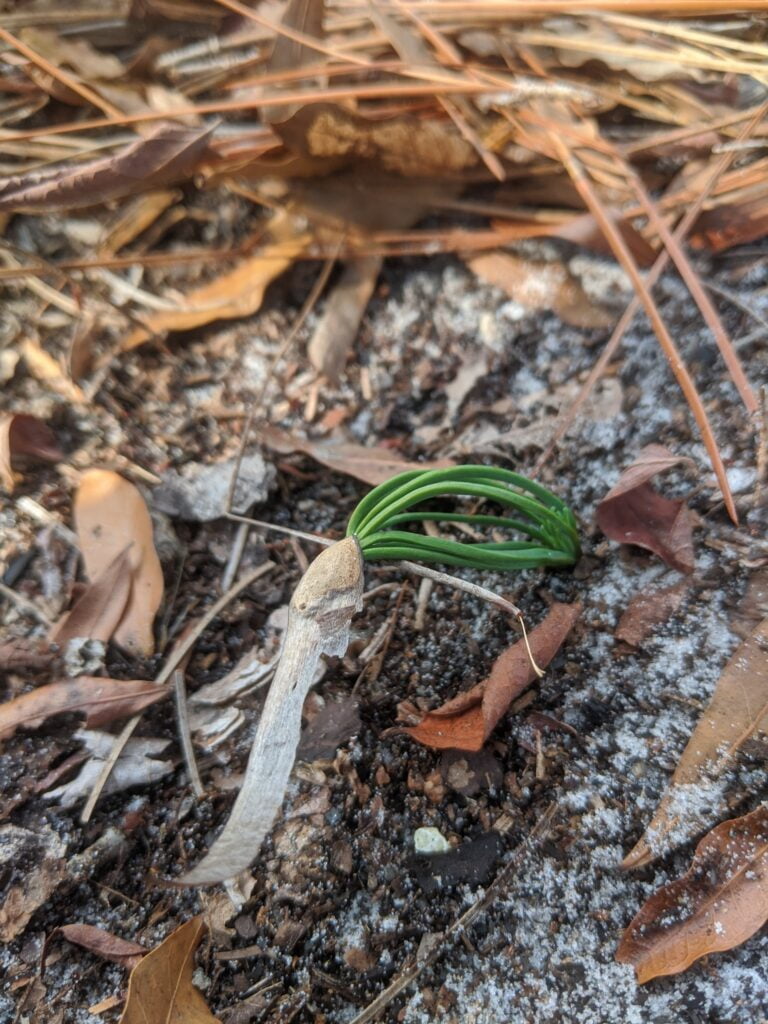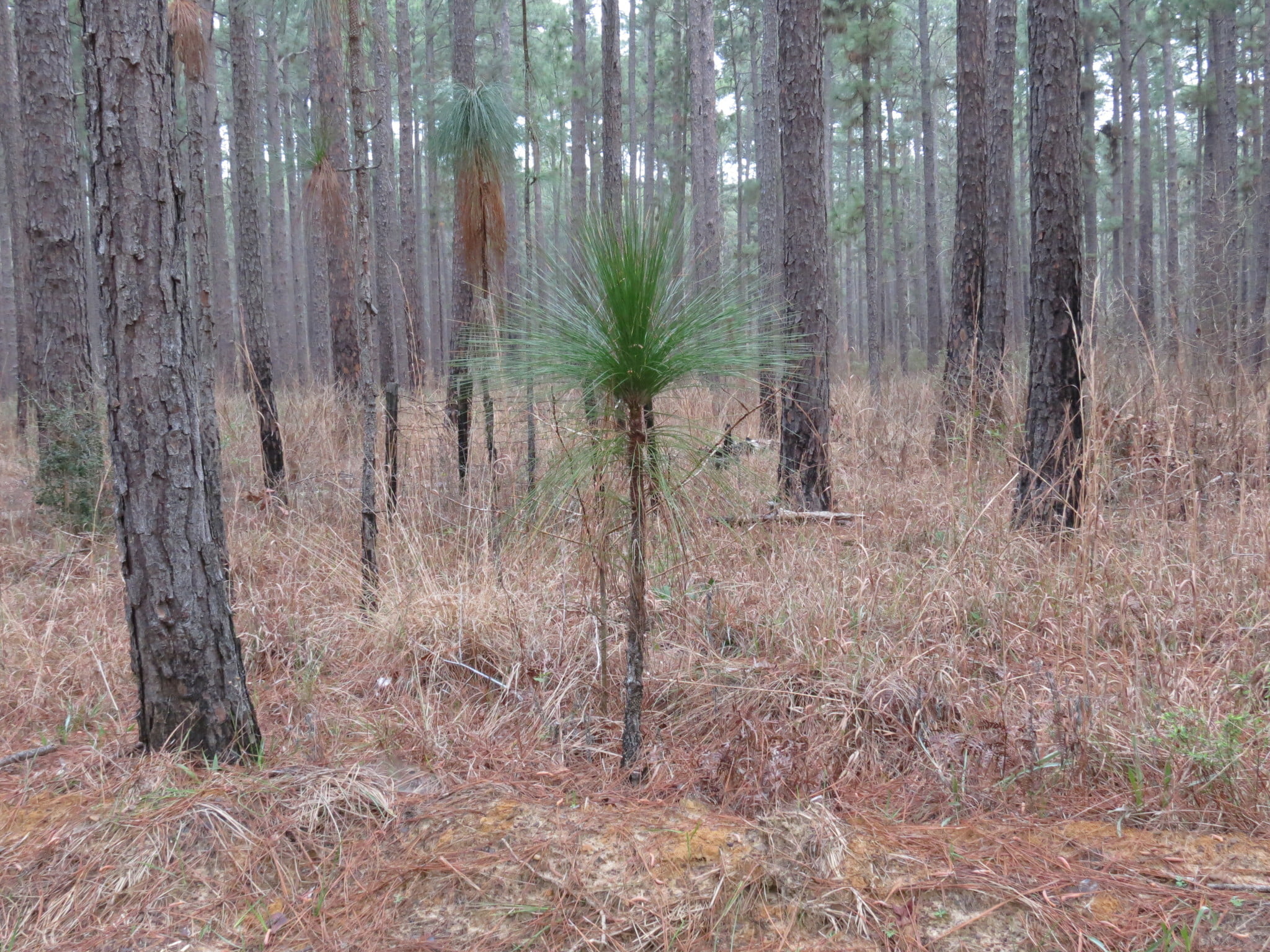The southeastern region of the United States is home to a rich variety of trees, each playing a significant role in the ecosystem. While it’s challenging to single out one tree as the most important, the Longleaf Pine (Pinus palustris) stands out as an iconic and ecologically significant species in the southeastern forest.
The Longleaf Pine historically dominated large areas of the southeastern coastal plain, stretching from Virginia to Texas. These trees can grow up to 100 feet tall and have long needles that give them their name. Here are some reasons why the longleaf pine is considered important:
- Biodiversity: The longleaf pine ecosystem supports one of the highest levels of biodiversity in North America, providing habitats for numerous plant and animal species. It supports a wide range of wildlife, including the endangered red-cockaded woodpecker and the gopher tortoise.
- Fire Adaptation: Longleaf pines have adapted to frequent natural fires. Fire is crucial for the regeneration of the longleaf pine ecosystem, as it removes competing vegetation and allows young longleaf pines to establish themselves. Many native plants and animals are also adapted to fire-dependent ecosystems.
- Ecosystem Services: Longleaf pines provide valuable ecosystem services. They help purify the air by absorbing carbon dioxide and releasing oxygen, contribute to soil stability, and help maintain water quality by filtering and regulating water flow.
- Timber Industry: Historically, longleaf pine forests played a crucial role in the timber industry of the southeastern United States. The high-quality wood of longleaf pine is highly valued for its strength and durability and has been used in construction, shipbuilding, and other applications.
- Restoration Efforts: Due to logging and land conversion, the longleaf pine ecosystem has significantly declined. However, restoration efforts are underway to protect and restore these forests. Many organizations and landowners are actively involved in reestablishing longleaf pine stands and supporting the associated biodiversity.
While the longleaf pine is a notable and ecologically significant tree in the southeastern forest, it’s important to recognize that all the trees in the region contribute to the overall health and balance of the ecosystem.

Install Longleaf Pine (Pinus palustris) at Your Site
Have a Florida ecologist germinate, hand-rear, and install an endangered Longleaf Pine (Pinus palustris) at your site.

